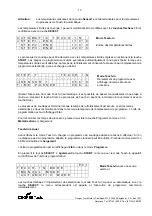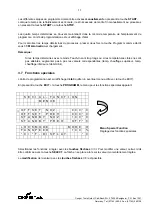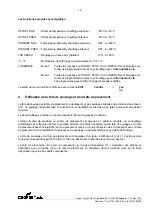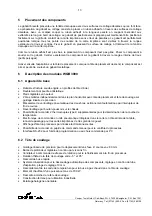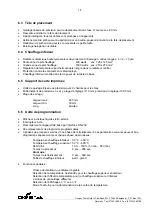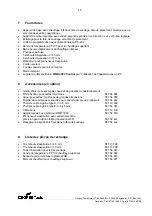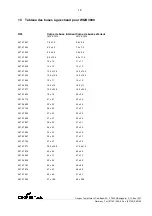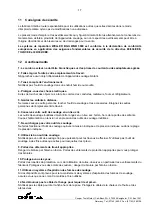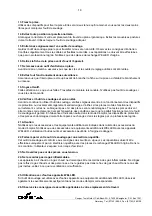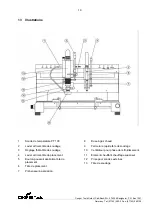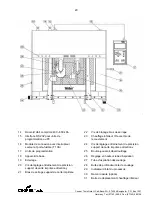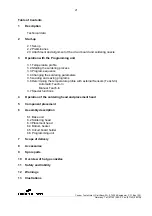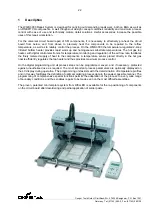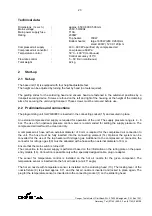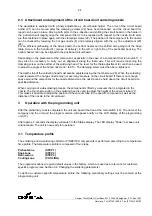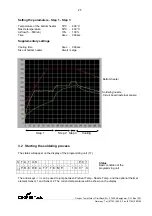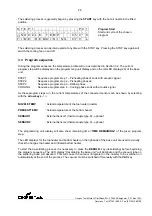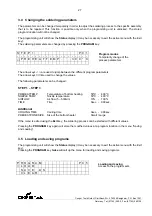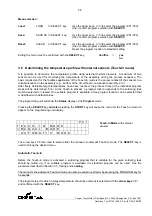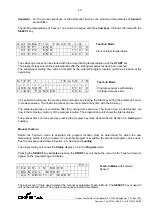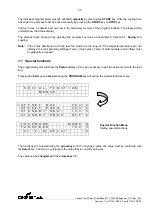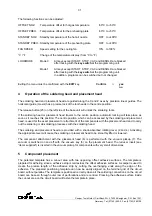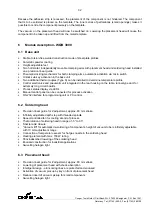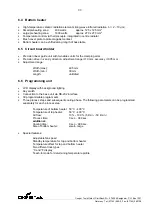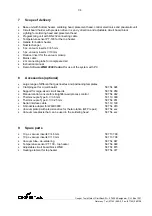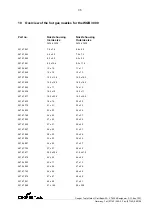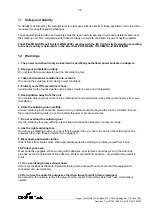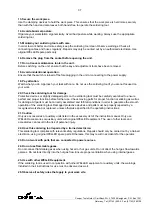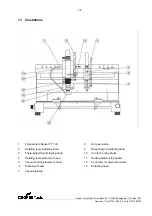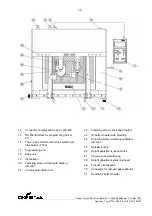
24
Cooper Tools GmbH, Carl-Benz-Str. 2, 74354 Besigheim, P.O. Box 1351
Germany, Tel: (07143) 580-0, Fax: (07143) 580108
2.3
Attachment and alignment of the circuit board and soldering nozzle
The worktable is equipped with a finely adjustable x-y circuit board holder. The arms of the circuit board
holder (21) can be moved after the clamping screws (22) have been loosened, and the circuit board for
repair can be put in place. Moving both arms in the x-direction and shifting the circuit board on the holder in
the y-direction will roughly align the component that is to be repaired with respect to the nozzle. Both arms
are then fastened in place again with the clamping screws (22). The position of the component to the nozzle
can be checked by lowering the hot gas nozzle (8) and precisely aligned with the x-y fine adjustment (20)
(24).
For an efficient preheating of the circuit board, the bottom heater can be shifted along length of the base
table. Screw in the handle (31) (scope of delivery) in the left or right side of the preheater housing. The
bottom heater can now be aligned to the positioned circuit board.
Depending on the placement of the component, especially in the case of a component that is turned 45°, it
may also be necessary to carry out an alignment along the theta axis. This will require loosening the
clamping screw on the bottom of the soldering head. The lever for the theta adjustment (3) can then be used
to adjust the angle of the hot air nozzle (-5° to 95°). The clamping screw must then be re-tightened.
The depth stop of the soldering head must also be adjusted using the thumb screw (28). When the soldering
head is lowered, the hot gas nozzle may not exert any pressure on the circuit board. If there is not enough
space around the component for the nozzle dimensions, the nozzle can be held above the circuit board at a
specified distance.
When carrying out a de-soldering process, the component is lifted by a vacuum that is integrated in the
nozzle. The thumb screw (26) on the soldering head is used to adjust the height of the vacuum tube (27).
This makes it possible to adjust the position of the vacuum tube to the specific component as well as the
distance of the nozzle to the circuit board.
3
Operation with the programming unit
After the preliminary work is completed, the unit can be switched on at the main switch (16). The name of the
company and the unit and the program version will appear briefly on the LCD display of the programming
unit (17).
After approx. 4 seconds the display will switch to the Status display. The LED display “Power” am base unit
will illuminate. The unit is now ready for operation.
3.1
Temperature profile
The soldering and de-soldering of BGA or FINEPITCH components is performed according to a temperature
time profile. The temperature profile is composed of four steps.
Preheat zone
(STEP 1)
Soak zone
(STEP 2)
Reflow zone
(STEP 3)
Cooling zone
(COOLING)
The program locations are given default values in the factory, which are used as a reference for customer-
specific programs (see Section 3.4, Changing the soldering parameters).
To define a customer-specific temperature profile, the following preliminary settings must be entered at the
programming unit:

